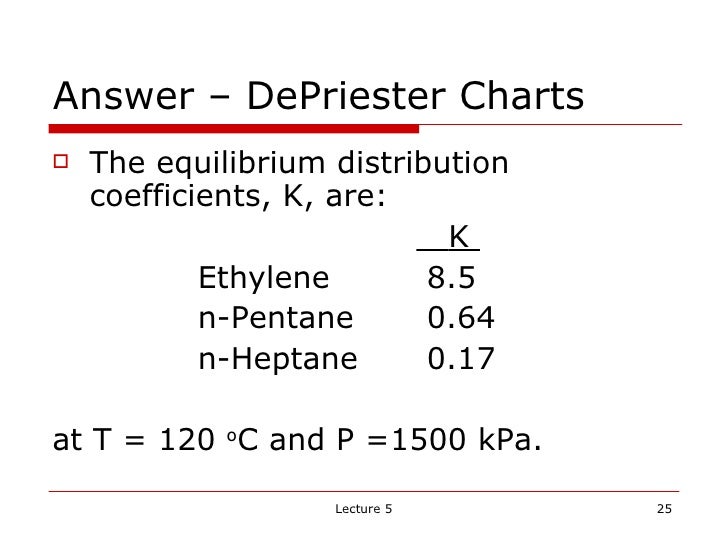


When a two-phase mixture separates at vapor-liquid equilibrium conditions, the vapor phase will be at saturated vapor conditions and the liquid phase will be at saturated liquid conditions. Of the liquid-phase and vapor-phase quantities,įrom inspection, other useful relationships can beĪt vapor-liquid equilibrium, the temperatures of the vapor and liquid are equal. Phase diagram indicates that the distance between points AĪnd C and points A and B are equivalent to the magnitudes Where L/V is the ratio of liquid to vapor.Ĭomparing the numerator and denominator with the two. Then the mass balances before and after separation are L = the moles of liquid of composition xB zF is not equal to either x or y, but x and y be determined from the T vs. If zF is in the two-phase region, the system will separate into a liquid and vapor of new mole fractions x and y, respectively. If zF is a saturated vapor, zF is essentially yF with a single liquid drop formed of new mole fraction x. If zF is a saturated liquid, zF is essentially xF with a single vapor bubble formed of new mole fraction y. If zF is a superheated vapor, zF is yF and there is no x. If zF is a subcooled liquid, then zF is simply xF and there is no y. The feed phase is dependent upon the temperature, pressure, and the composition (mole fraction).Īssuming that the equilibrium stage is at the same temperature and pressure of the feed: Mixture, a saturated vapor, or a superheated vapor. Note that a feed mole-fraction, zF,can be a subcooled liquid, a saturated liquid, a two-phase 圎tOH is the mole fraction of ethanol in the liquid stream. yEtOH is the mole fraction of ethanol in the vapor stream. zEtOH is the mole fraction of ethanol in the feed. L is the total moles in the liquid stream exiting the stage. V is the total moles in the vapor stream exiting the stage. Single Equilibrium Stage Ethanol-Water, P = 1 atmį is the total moles of ethanol and water fed to the stage. Alternatively, the compressibility factor for specific gases can be read from generalized compressibility charts that plot as a function of pressure at constant temperature.Distillation Equilibrium (Review) Flash Distillation Multistage Distillation For a gas that is a mixture of two or more pure gases, the gas composition must be known before compressibility can be calculated. Compressibility factor values are usually obtained by calculation from equations of state (EOS), such as the virial equation which take compound-specific empirical constants as input. In general, deviation from ideal behaviour becomes more significant the closer a gas is to a phase change, the lower the temperature or the larger the pressure. It is a useful thermodynamic property for modifying the ideal gas law to account for the real gas behaviour. It is simply defined as the ratio of the molar volume of a gas to the molar volume of an ideal gas at the same temperature and pressure. In thermodynamics, the compressibility factor ( Z), also known as the compression factor or the gas deviation factor, is a correction factor which describes the deviation of a real gas from ideal gas behaviour.

Read this K-value off the chart (approximately 21.3).


 0 kommentar(er)
0 kommentar(er)
